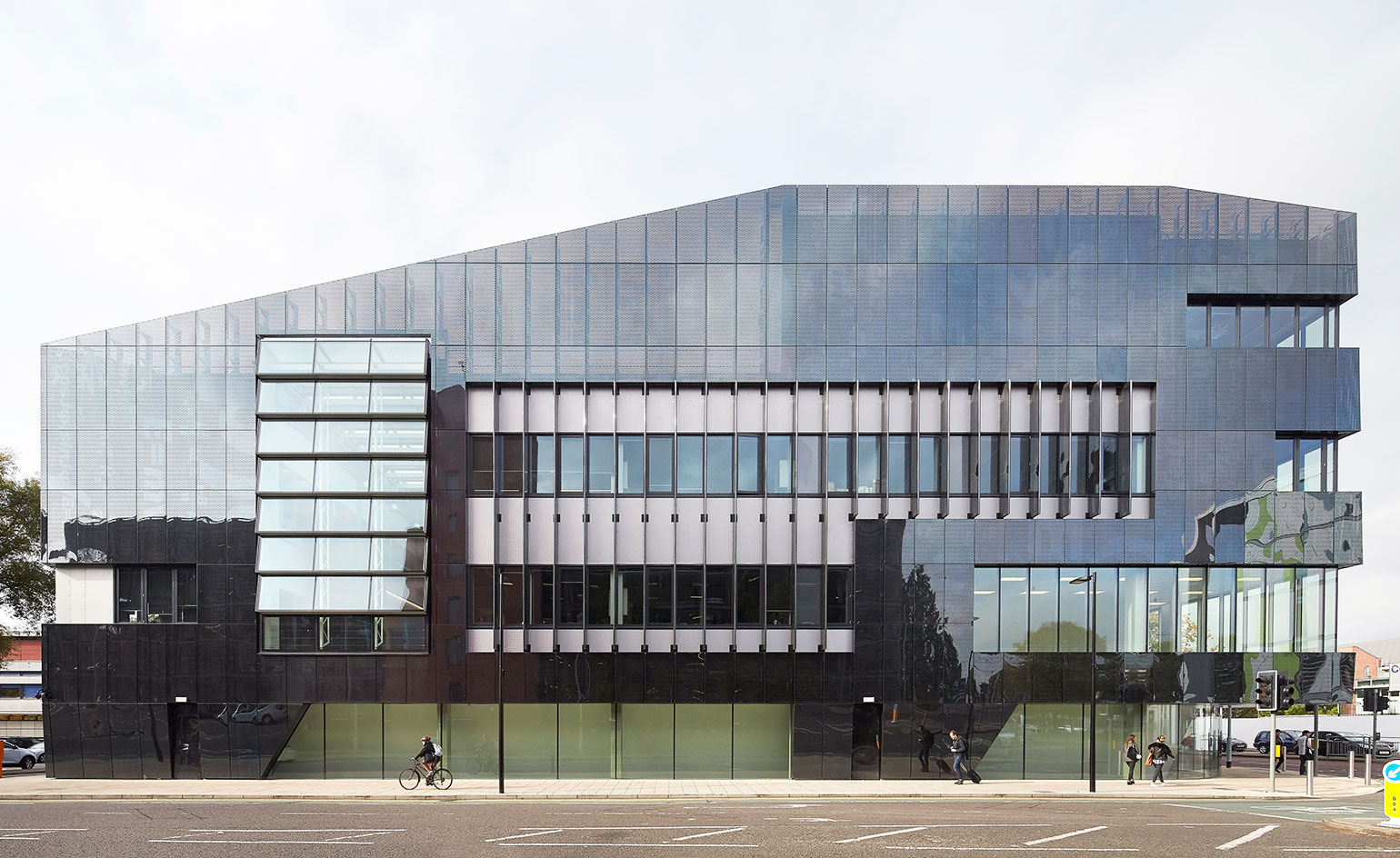
One doesn't have to look too far beneath the compact, modern façade of the new £61m National Graphene Institute to discover a thoughtful expression of the ideal that education and scientific research should be an open, transparent process.
Occupying a corner plot on the University of Manchester's science quarter (where graphene was first isolated in 2004, earning its founders the Nobel Prize in Physics six years later), the five-storey building was designed by London- and Prague-based Jestico + Whiles, while CH2M Hill helmed the design for the specialist labs.
The institute's ambitious goal to be a world-class research and incubator centre dedicated to the development of graphene - made from a single layer of atom carbons, the world's thinnest material is 200 times stronger than steel - is subtly and cleverly telegraphed on its double-layered facade. To wit, the inner layer is clad with weather- and thermal-proofed cladding, while an outer layer is constructed from 1,875 black mirror stainless steel panels, each of which contains thousands of perforations that make up the equations used in graphene research.
To achieve optimal vibration conditions, the main clean room is built into a lower ground floor, but rather than hide machinery and personnel in an artificially lit, enclosed bunker, the architects have cut through the side elevation to angle the ceiling upwards so that from the east-side street level, the public can look directly into the naturally-lit room and literally observe the ground-breaking work being done.
This unusual sense of openness is paired with a bent towards freewheeling creativity. Internal lab walls, for instance, are covered with black PVC that, with special chalk pens, double as blackboards.
Given the importance of the research project, the institute is, at around 8,000 sq m, relatively compact, but the space is well-used not least for its comprehensive suite of laser, optical, metrology and chemical labs, offices, a second clean room, and seminar room that opens onto a roof terrace and garden of grass and wildflowers.
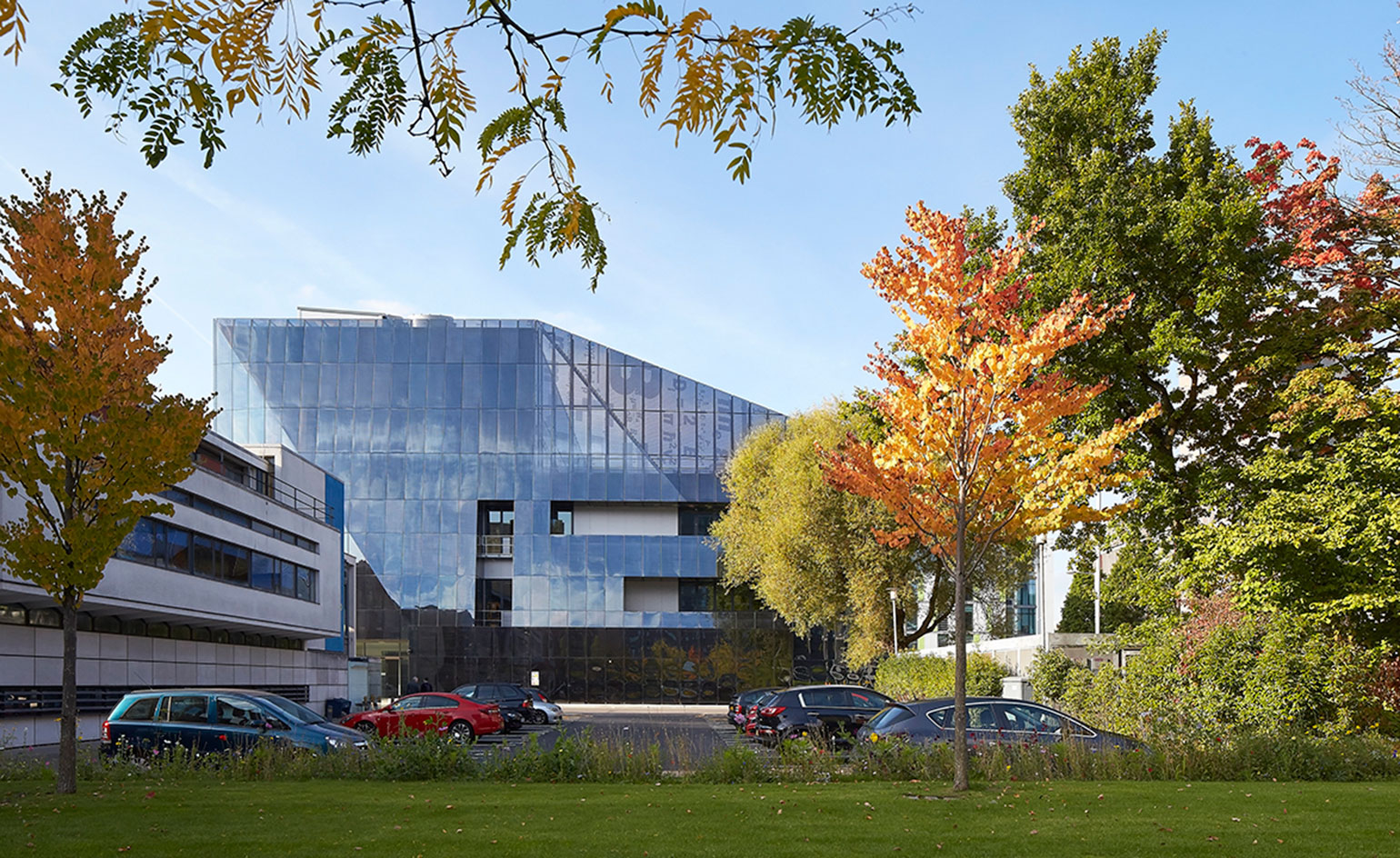
Its compact form is deceiving - the building includes ample space for research in an unusually transparent model
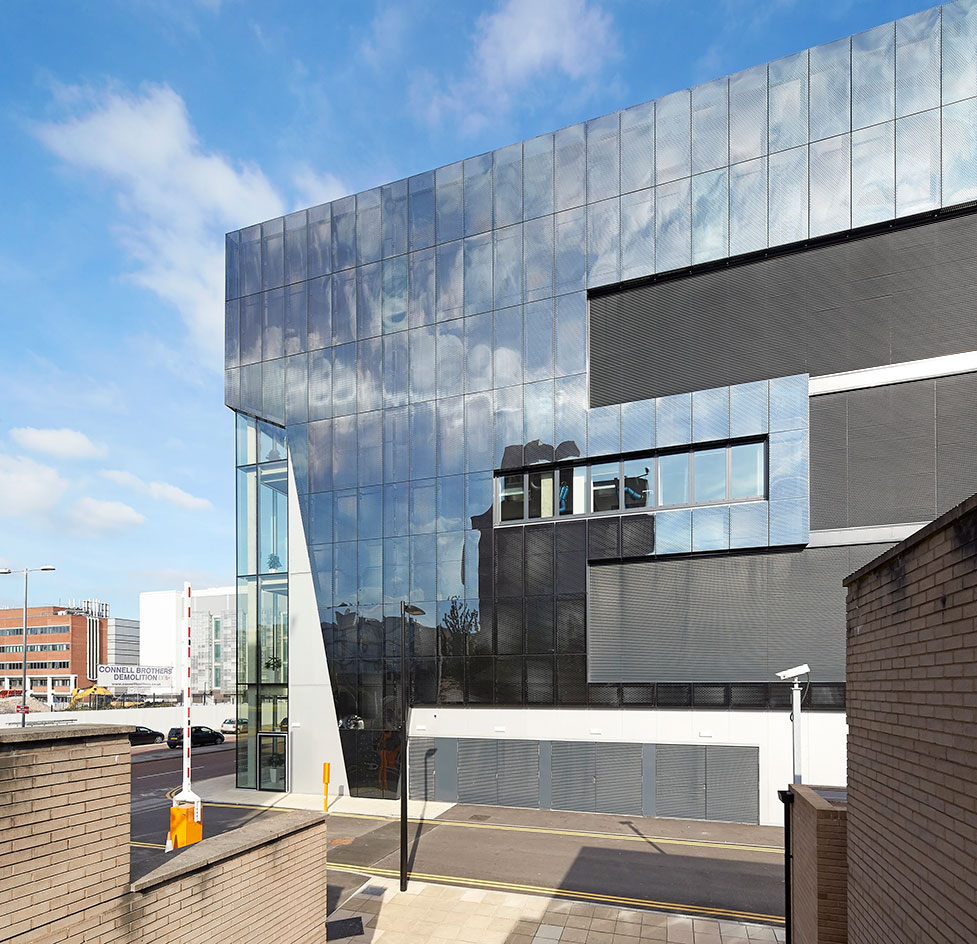
The structure's outer layer is made of 1,875 black mirror stainless steel panels, each of which contains thousands of perforations referring to the equations used in graphene research
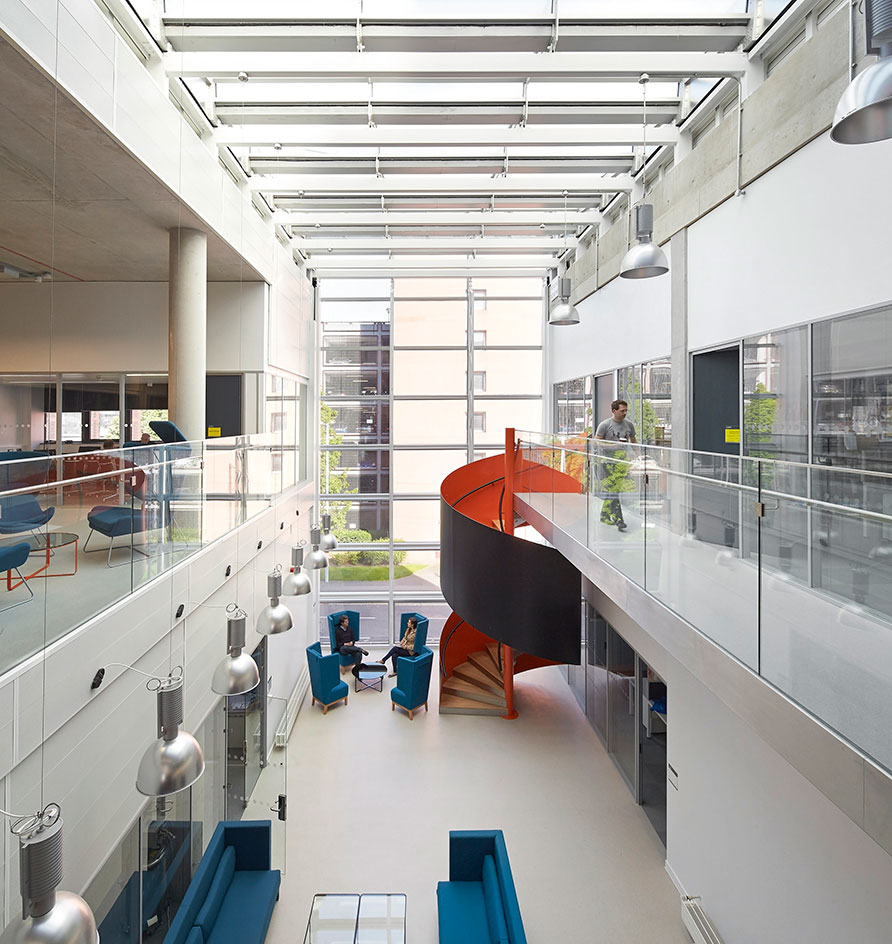
The interior is bright and airy, while specialist labs were designed by CH2M Hill
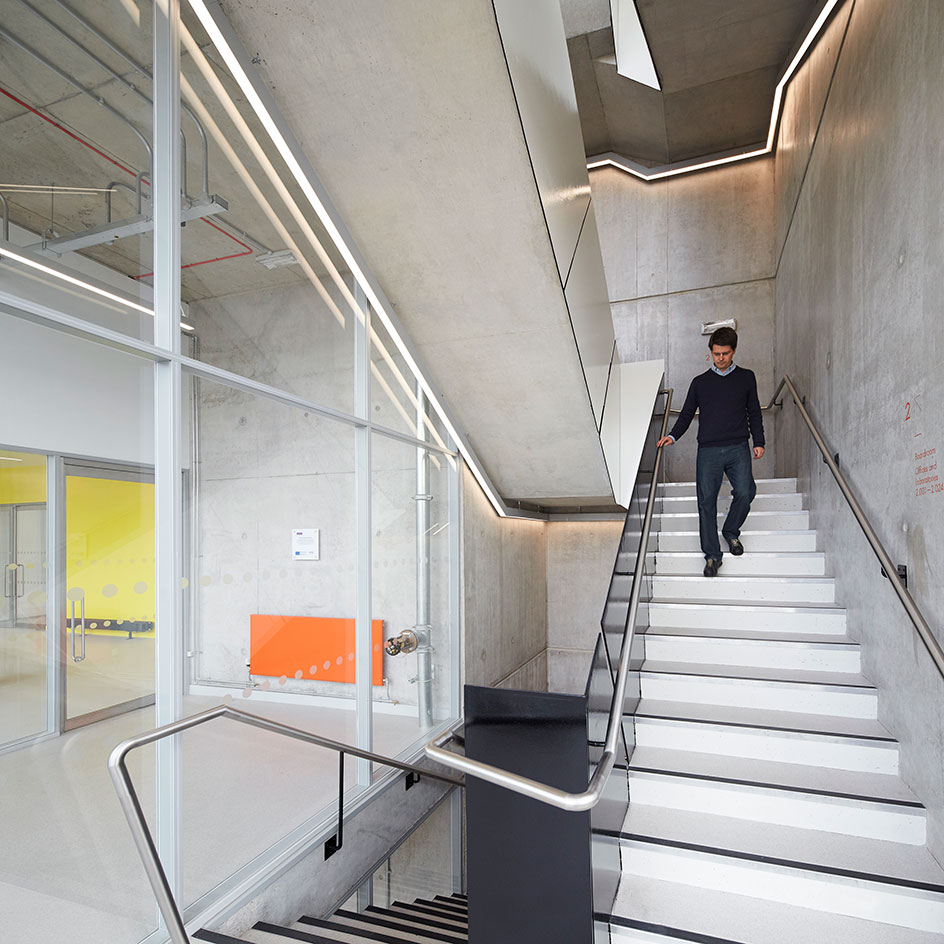
Given the importance of the research project, the institute is, at around 8000sqm, relatively compact
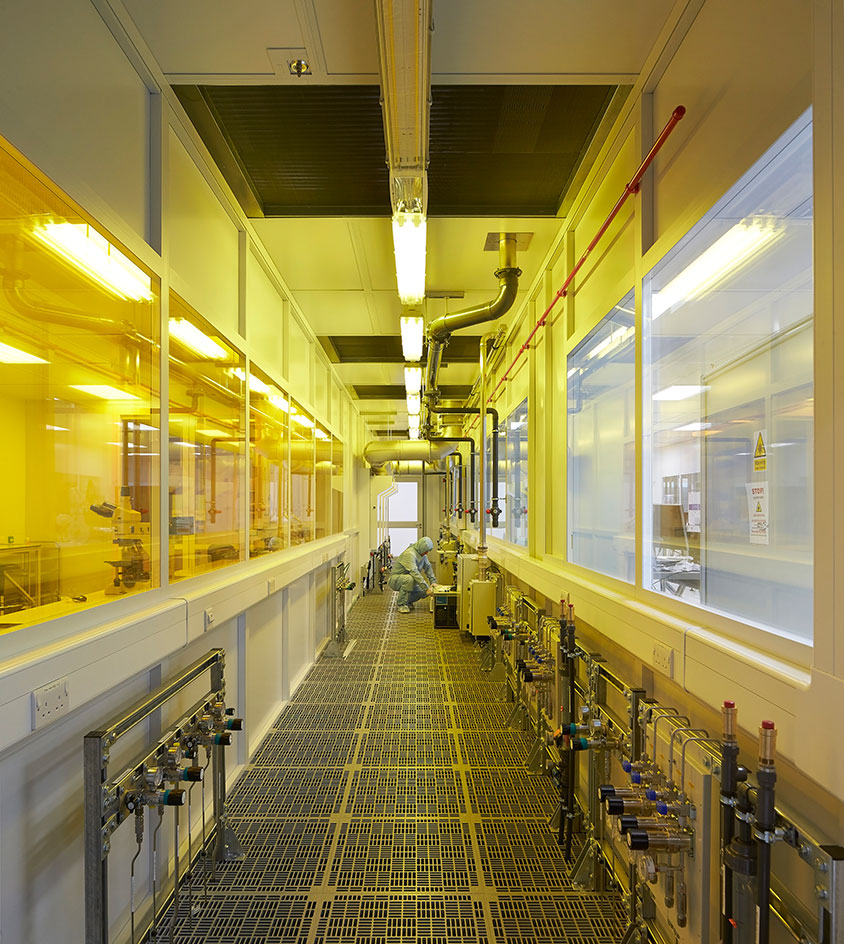
To achieve optimal vibration conditions, the main clean room is built into a lower ground floor
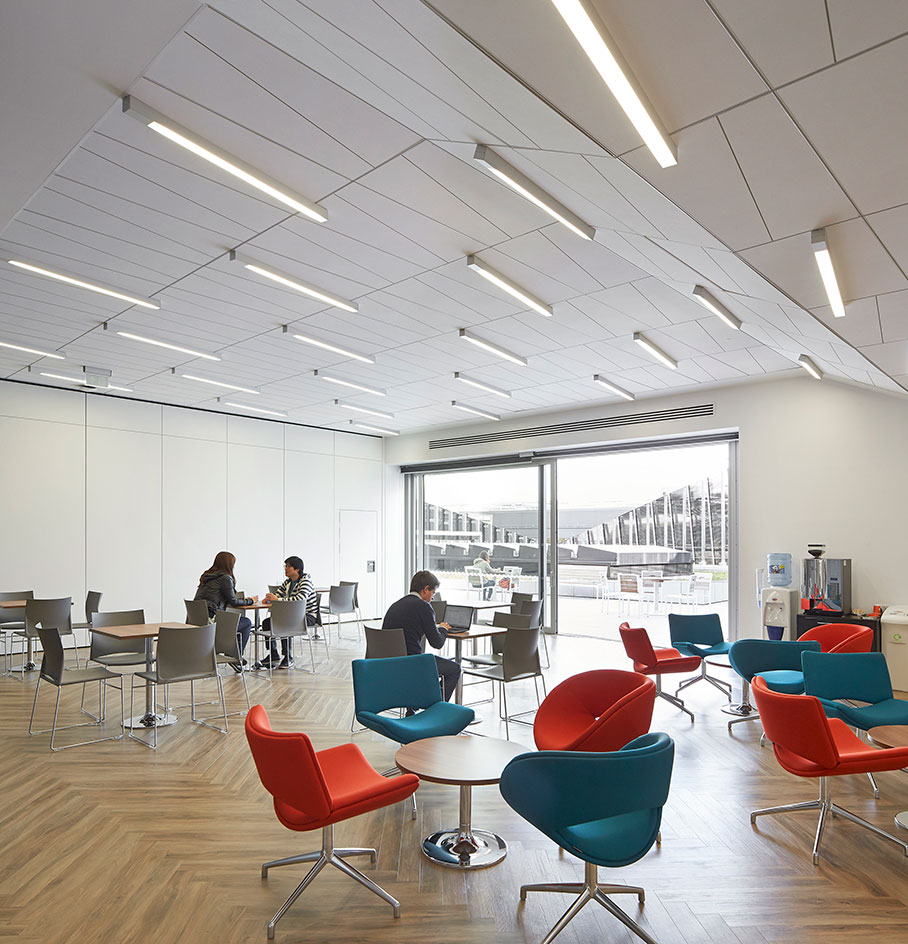
The five-storey building includes a comprehensive suite of laser, optical, metrology and chemical labs, offices, two clean rooms, and a seminar room that opens onto a roof terrace and garden of grass and wildflowers
INFORMATION
Photography: Hufton + Crow
ADDRESS
The University of Manchester
Booth St E
Manchester M13 9PL
Receive our daily digest of inspiration, escapism and design stories from around the world direct to your inbox.
Daven Wu is the Singapore Editor at Wallpaper*. A former corporate lawyer, he has been covering Singapore and the neighbouring South-East Asian region since 1999, writing extensively about architecture, design, and travel for both the magazine and website. He is also the City Editor for the Phaidon Wallpaper* City Guide to Singapore.
-
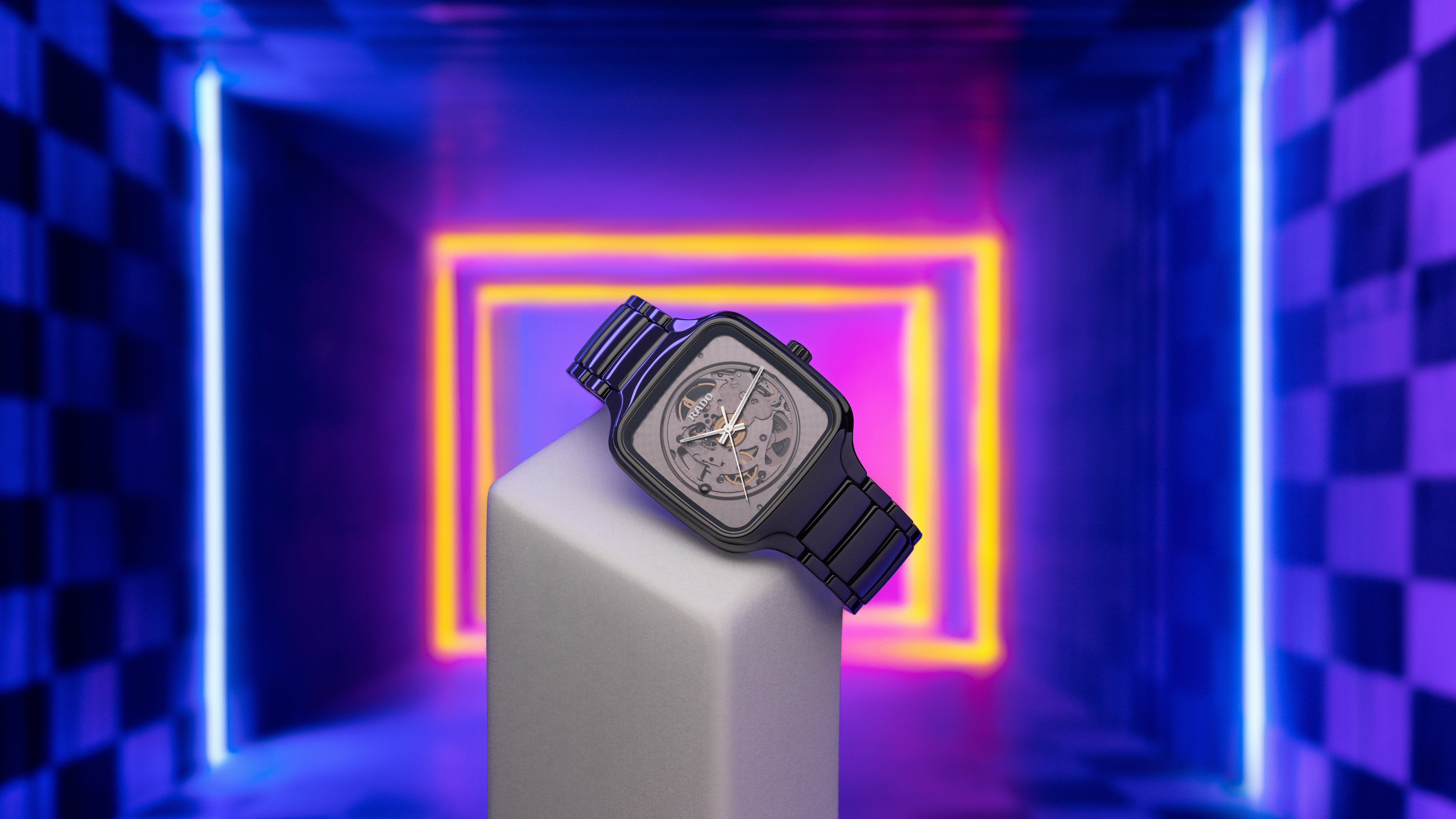 Why are the most memorable watch designers increasingly from outside the industry?
Why are the most memorable watch designers increasingly from outside the industry?Many of the most striking and influential watches of the 21st century have been designed by those outside of the industry’s mainstream. Is it only through the hiring of external designers that watch aesthetics really move on?
-
 This Fukasawa house is a contemporary take on the traditional wooden architecture of Japan
This Fukasawa house is a contemporary take on the traditional wooden architecture of JapanDesigned by MIDW, a house nestled in the south-west Tokyo district features contrasting spaces united by the calming rhythm of structural timber beams
-
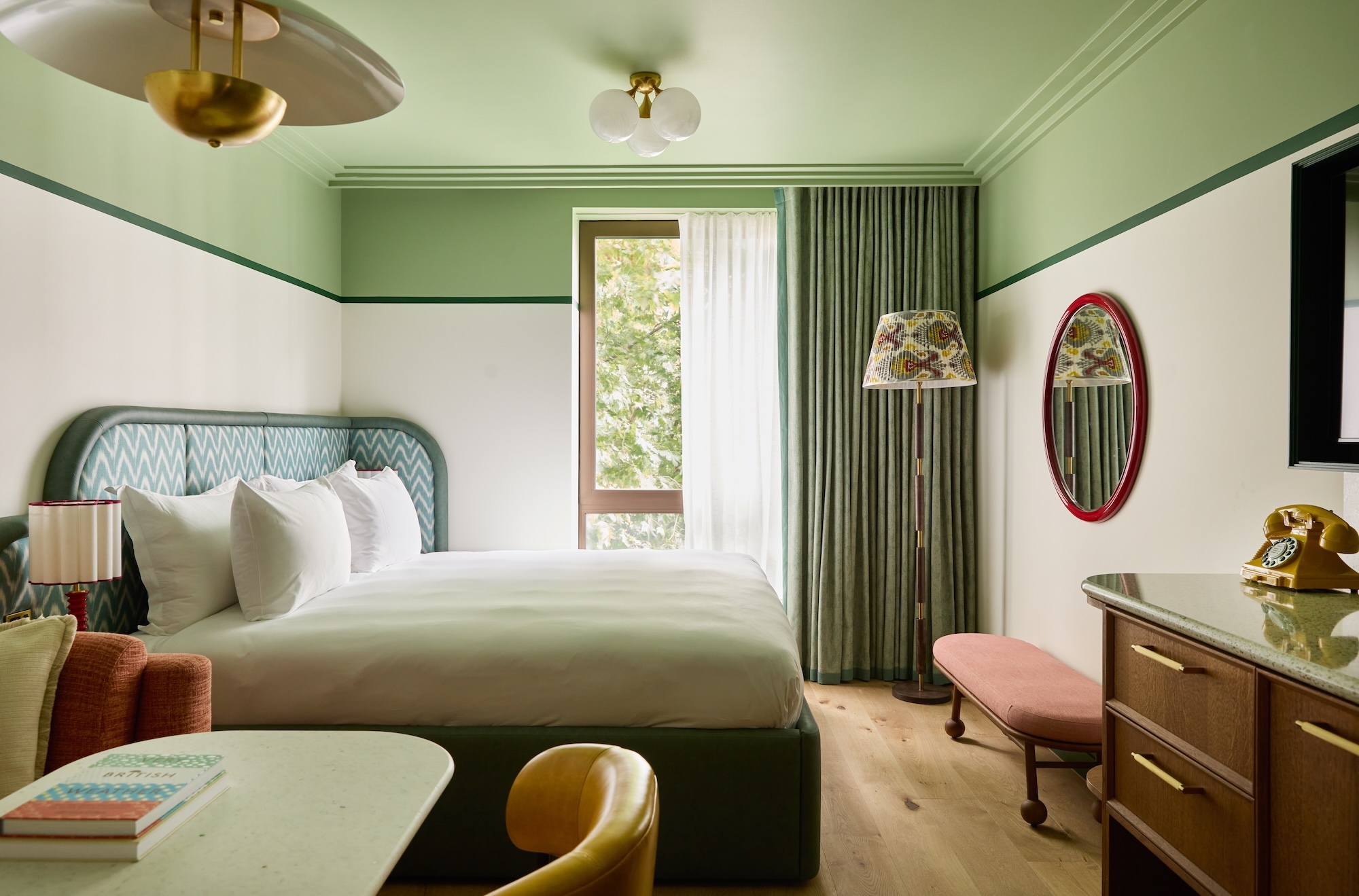 At last: a London hotel that’s great for groups and extended stays
At last: a London hotel that’s great for groups and extended staysThe July London Victoria, a new aparthotel concept just steps away from one of the city's busiest rail stations, is perfect for weekends and long-term visits alike
-
 Arbour House is a north London home that lies low but punches high
Arbour House is a north London home that lies low but punches highArbour House by Andrei Saltykov is a low-lying Crouch End home with a striking roof structure that sets it apart
-
 A former agricultural building is transformed into a minimal rural home by Bindloss Dawes
A former agricultural building is transformed into a minimal rural home by Bindloss DawesZero-carbon design meets adaptive re-use in the Tractor Shed, a stripped-back house in a country village by Somerset architects Bindloss Dawes
-
 RIBA House of the Year 2025 is a ‘rare mixture of sensitivity and boldness’
RIBA House of the Year 2025 is a ‘rare mixture of sensitivity and boldness’Topping the list of seven shortlisted homes, Izat Arundell’s Hebridean self-build – named Caochan na Creige – is announced as the RIBA House of the Year 2025
-
 In addition to brutalist buildings, Alison Smithson designed some of the most creative Christmas cards we've seen
In addition to brutalist buildings, Alison Smithson designed some of the most creative Christmas cards we've seenThe architect’s collection of season’s greetings is on show at the Roca London Gallery, just in time for the holidays
-
 In South Wales, a remote coastal farmhouse flaunts its modern revamp, primed for hosting
In South Wales, a remote coastal farmhouse flaunts its modern revamp, primed for hostingA farmhouse perched on the Gower Peninsula, Delfyd Farm reveals its ground-floor refresh by architecture studio Rural Office, which created a cosy home with breathtaking views
-
 A revived public space in Aberdeen is named Scotland’s building of the year
A revived public space in Aberdeen is named Scotland’s building of the yearAberdeen's Union Terrace Gardens by Stallan-Brand Architecture + Design and LDA Design wins the 2025 Andrew Doolan Best Building in Scotland Award
-
 A refreshed 1950s apartment in East London allows for moments of discovery
A refreshed 1950s apartment in East London allows for moments of discoveryWith this 1950s apartment redesign, London-based architects Studio Naama wanted to create a residence which reflects the fun and individual nature of the clients
-
 In this Cotswolds home, drama meets minimalism
In this Cotswolds home, drama meets minimalismCotswolds home Hiaven house, with interiors designed by McLaren Excell, is a perfect blend of contemporary chic and calm, countryside drama